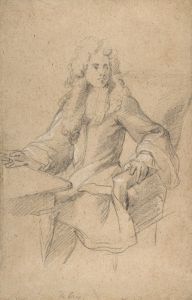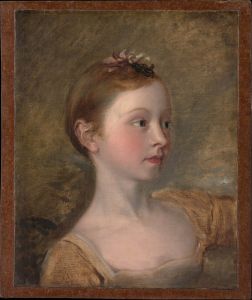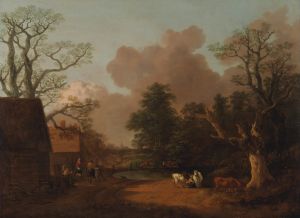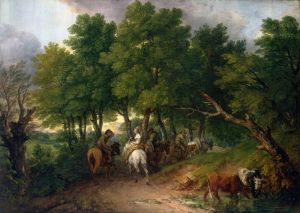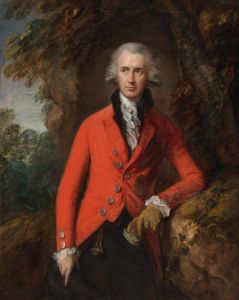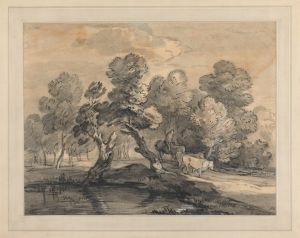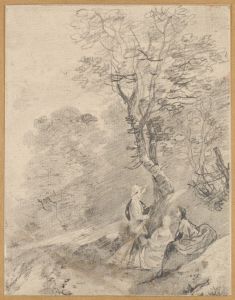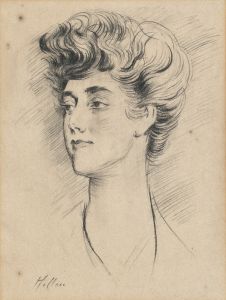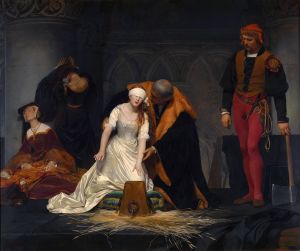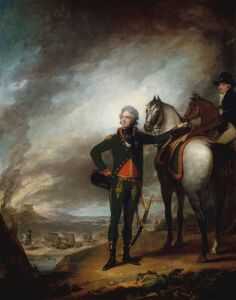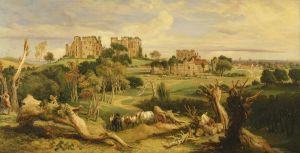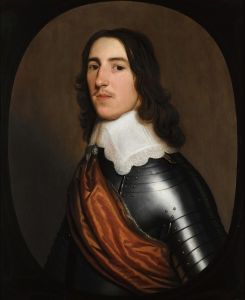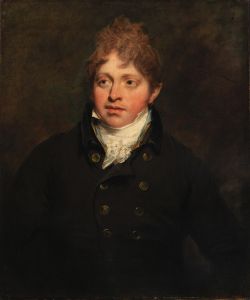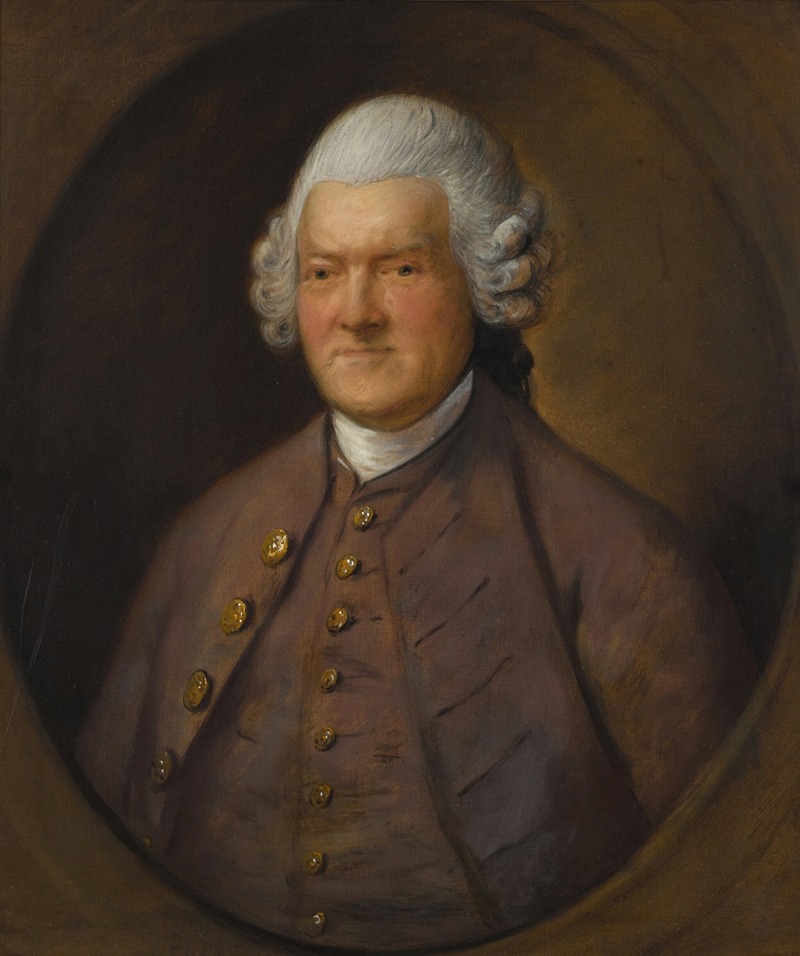
Portrait of Sir John Pringle, 1st Baronet
A hand-painted replica of Thomas Gainsborough’s masterpiece Portrait of Sir John Pringle, 1st Baronet, meticulously crafted by professional artists to capture the true essence of the original. Each piece is created with museum-quality canvas and rare mineral pigments, carefully painted by experienced artists with delicate brushstrokes and rich, layered colors to perfectly recreate the texture of the original artwork. Unlike machine-printed reproductions, this hand-painted version brings the painting to life, infused with the artist’s emotions and skill in every stroke. Whether for personal collection or home decoration, it instantly elevates the artistic atmosphere of any space.
The Portrait of Sir John Pringle, 1st Baronet is an oil painting by the renowned British artist Thomas Gainsborough. This work depicts Sir John Pringle (1707–1782), a prominent Scottish physician and a key figure in the development of modern medicine. Pringle is often referred to as the "father of military medicine" due to his significant contributions to the health and hygiene of soldiers during wartime.
The painting is believed to have been completed around 1774, during Gainsborough's mature period, when he was one of the most sought-after portraitists in Britain. Gainsborough was known for his ability to capture the personality and status of his sitters, and this portrait is no exception. Sir John Pringle is portrayed with a composed and intellectual demeanor, reflecting his esteemed position in society and his contributions to science and medicine.
In the portrait, Pringle is depicted seated, wearing formal attire befitting his status as a baronet and a respected member of the scientific community. Gainsborough's use of soft, fluid brushstrokes and his mastery of light and shadow are evident in the rendering of the textures of Pringle's clothing and the subtle details of his facial features. The background is understated, drawing attention to the sitter and emphasizing his presence.
Sir John Pringle was a Fellow of the Royal Society and served as its president from 1772 to 1778. His work on the prevention of disease in military camps and hospitals, particularly his advocacy for cleanliness and proper ventilation, had a lasting impact on public health practices. The portrait by Gainsborough not only commemorates Pringle's achievements but also serves as a testament to the close relationship between art and science during the Enlightenment.
The painting is currently housed in the Scottish National Gallery in Edinburgh, where it remains an important example of Gainsborough's portraiture and a valuable historical artifact. It is celebrated for its artistic quality and its representation of one of the leading intellectual figures of the 18th century.
This portrait is a significant work within Gainsborough's oeuvre, showcasing his skill in capturing the character and status of his sitters while contributing to the visual documentation of influential figures of his time.





